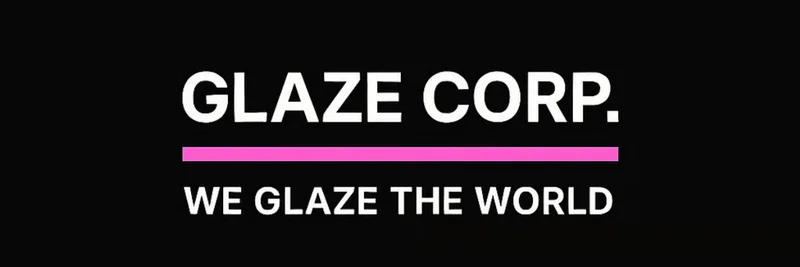Hey there, crypto enthusiasts! If you're keeping tabs on the blockchain world, you've probably noticed how traditional finance is cozying up to digital assets through ETFs. These Exchange-Traded Funds let investors get exposure to Bitcoin and Ethereum without directly holding the coins—think of them as a bridge between Wall Street and the wild west of crypto. Recently, the on-chain analytics powerhouse Lookonchain dropped some eye-opening data on X (formerly Twitter) about the latest net flows in these ETFs. Let's break it down in simple terms and see what it could mean for the broader market, including those viral meme tokens we all love.
The update from Lookonchain's tweet on September 24, 2025, paints a picture of cooling enthusiasm, with both Bitcoin and Ethereum ETFs seeing net outflows. In crypto speak, "net flow" refers to the difference between money coming in (inflows) and going out (outflows) over a period. A negative net flow means more investors are pulling out than putting in, which can signal shifting sentiments.
Bitcoin ETFs: A Red Day
Starting with Bitcoin, the king of crypto, the 10 tracked ETFs collectively saw a net outflow of 1,237 BTC, equating to about $139.97 million based on current prices. That's not pocket change! Fidelity's Wise Origin Bitcoin Fund (FBTC) was the biggest mover, dumping 676 BTC worth $76.44 million in a single day. Despite this, Fidelity still holds a hefty 204,230 BTC, valued at around $23.1 billion—showing they're still deeply invested.
Other notable shifts include ARK 21Shares Bitcoin ETF (ARKB) with outflows of 249 BTC, and Grayscale's Bitcoin Trust (GBTC) letting go of 227 BTC. On the flip side, some like Invesco Galaxy Bitcoin ETF (BTCO) saw minor inflows of 101 BTC. Over the past week, the overall net inflow turned negative at -1,504 BTC, hinting at a short-term bearish vibe. This could be investors taking profits after a rally or reacting to broader economic news.
Ethereum ETFs: Even Steeper Declines
Ethereum, the backbone of smart contracts and many meme tokens, didn't fare much better. The nine Ethereum ETFs reported a net outflow of 21,865 ETH, or roughly $91.29 million. Again, Fidelity's Ethereum Fund (FETH) led the pack with 15,222 ETH ($63.55 million) exiting in one day, though they retain 781,948 ETH worth $3.26 billion.
Grayscale's Ethereum Trust (ETHE) and Ethereum Mini Trust (ETH) also saw outflows, with 73 ETH and 1,321 ETH respectively. Interestingly, iShares Ethereum Trust (ETHA) and a few others like Franklin Ethereum ETF (EZET) had zero net change on the day, but the weekly picture shows mixed results with some positive inflows. The total seven-day net inflow for ETH ETFs was positive at +16,799 ETH, suggesting the daily dip might be a blip rather than a trend.
What Does This Mean for Meme Tokens?
Now, you might be wondering how this ties into meme tokens—the fun, community-driven coins that often ride the waves of broader crypto sentiment. Meme coins like Dogecoin or newer ones on Ethereum or Solana thrive on hype and liquidity. When big players like ETFs see outflows, it can reduce overall market liquidity, making it tougher for smaller assets to pump. On the flip side, if investors are rotating out of "safe" BTC and ETH into riskier plays, meme tokens could see a surge.
Keep an eye on on-chain metrics; tools like Lookonchain help spot whale movements that often precede big shifts. If ETF outflows continue, it might pressure Bitcoin and Ethereum prices downward, potentially dragging meme token values along. But remember, crypto is volatile—yesterday's outflow could be tomorrow's inflow opportunity.
For blockchain practitioners and meme enthusiasts alike, staying informed with updates like this is key to navigating the space. Whether you're building on Ethereum or hunting the next viral token, understanding these institutional flows can give you an edge. What are your thoughts on these outflows? Drop a comment below or check out more insights on Meme Insider!




